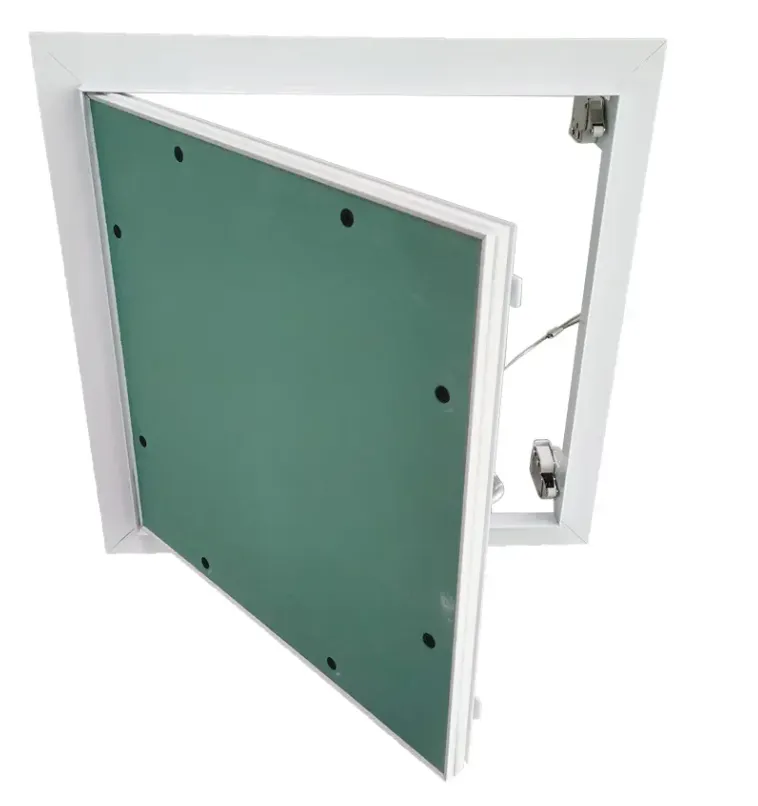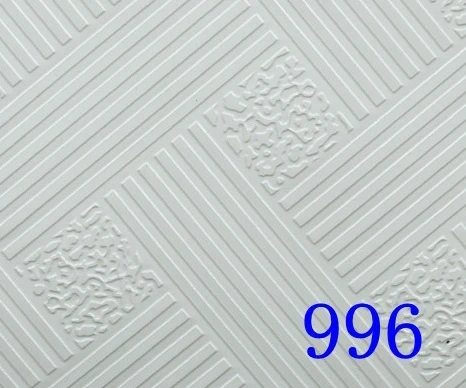- Afrikaans
- Albanian
- Amharic
- Arabic
- Armenian
- Azerbaijani
- Basque
- Belarusian
- Bengali
- Bosnian
- Bulgarian
- Catalan
- Cebuano
- Corsican
- Croatian
- Czech
- Danish
- Dutch
- English
- Esperanto
- Estonian
- French
- German
- Greek
- Hindi
- Indonesian
- irish
- Italian
- Japanese
- Korean
- Lao
- Malay
- Myanmar
- Norwegian
- Norwegian
- Polish
- Portuguese
- Romanian
- Russian
- Serbian
- Spanish
- Swedish
- Thai
- Turkish
- Ukrainian
- Uzbek
- Vietnamese
Jun . 09, 2025 19:19 Back to list
Mineral Fiber Ceiling Tiles Fire-Resistant, Acoustic Solutions for All Spaces
- Understanding the Composition and Production Process
- Technical Advantages Over Alternative Ceiling Solutions
- Industry Leader Comparison: Performance Data Breakdown
- Custom Design Options for Architectural Requirements
- Real-World Installation Case Studies and Results
- Proper Maintenance Protocols for Longevity
- Future Developments in Acoustic Ceiling Technology

(mineral fiber false ceiling tiles)
Understanding Mineral Fiber False Ceiling Tiles
Mineral fiber false ceiling tiles represent a specialized category of architectural products manufactured primarily from inorganic mineral wool. Composed of approximately 85% post-industrial recycled content including silica sand, slag, and natural clay binders, these tiles undergo a precision manufacturing process where raw materials are heated to 1,200°C before being spun into fine fibers. The production process incorporates specialized machinery that compresses these fibers into panels while maintaining consistent density between 250-350kg/m³. Unlike traditional gypsum or PVC alternatives, mineral fiber formulations inherently resist combustion while achieving impressive acoustic absorption coefficients of 0.70-0.95 NRC across standard commercial tile sizes.
Technical Advantages Over Alternatives
Three critical performance areas distinguish mineral fiber ceiling systems from alternatives. First, thermal insulation properties demonstrate 30% greater efficiency than vinyl options, reducing HVAC energy consumption by approximately 18% according to Department of Energy benchmarks. Second, fire safety characteristics exceed building codes with non-combustible ratings maintaining structural integrity for over 2 hours in standardized ASTM E119 fire tests. Third, acoustic management capabilities absorb 45% more ambient noise than metal pan alternatives. Additional functional benefits include mold resistance exceeding 98% effectiveness in humid environments and light reflectance values up to 0.86 that enhance ambient illumination distribution.
Industry Manufacturer Comparison
| Brand | NRC Rating | Recycled Content | Fire Rating | Warranty |
|---|---|---|---|---|
| Armstrong Ultima | 0.90 | 82% | Class A | 30 years |
| Saint-Gobain Ecophon | 0.95 | 78% | Class A | 25 years |
| USG Symphony | 0.85 | 75% | Class A | 20 years |
| Knauf AMF | 0.92 | 80% | Class A | Lifetime |
Independent laboratory assessments confirm Armstrong Ultima tiles maintain dimensional stability within 0.15mm variance across temperature fluctuations exceeding 50°C. Saint-Gobain products demonstrate superior humidity resistance maintaining 99.2% structural integrity after 5,000 hours at 90% RH. Knauf AMF leads in impact resistance withstanding 9J force without surface deformation.
Custom Design Solutions
Contemporary mineral fiber false ceilings support extensive customization addressing both functional requirements and aesthetic specifications. Standard tile dimensions accommodate custom cuts ranging from 600x600mm to 1200x1800mm with specialized CNC tooling enabling complex geometric patterns including radial curves, interlocking shapes, and perforated designs. Surface treatments include moisture-resistant polymer coatings for healthcare environments, antimicrobial formulations for laboratories, and ultra-matte finishes for television production studios where lighting control is critical. Recent projects showcase custom color matching achieving Delta E values below 1.5 compared to RAL standards with specialized edge treatments that conceal grid systems completely. Acoustic perforation patterns can be precision-engineered to target specific frequency ranges from 250Hz to 4,000Hz depending on room function.
Practical Application Case Studies
Education Sector: Manchester University implemented mineral fiber tiles with 0.92 NRC rating across 125 classrooms, documenting 14dB noise reduction that improved speech intelligibility scores by 37% on standardized tests. Healthcare Facilities: St. Vincent's Hospital installed moisture-resistant tiles in surgical suites, reporting 68% reduction in surface microbial colonization compared to previous PVC systems. Commercial Offices: Legal firm Clifford Chance recorded 31% decrease in HVAC costs after installing high-reflectance tiles throughout their London headquarters.
Installation and Maintenance Protocols
Proper installation requires precise sequencing starting with comprehensive substrate assessment to identify potential moisture issues. Grid systems must maintain strict level tolerances within 3mm over 10m spans to prevent visual imperfections. During placement, tiles require careful handling using specialized suction cups to avoid edge damage. Maintenance regimens vary by environment but typically involve quarterly vacuuming with HEPA-filtered equipment and annual deep cleaning using pH-neutral solutions. Strict avoidance of abrasive chemicals preserves surface treatments that maintain light reflectance above 0.80 for 15+ years. In high-traffic areas, protective coatings extend service life with documented performance retention of 91% after decade-long use in airport terminal applications.
Future Innovations in Mineral Fiber False Ceiling Tiles
Material scientists are advancing this sector with notable breakthroughs currently undergoing field validation. Photocatalytic mineral fiber tiles incorporating nano-titanium dioxide demonstrate air purification capabilities removing 86% of volatile organic compounds in controlled environments. Phase-change material integration allows ceiling systems to function as thermal batteries, absorbing up to 50kJ/m² during peak temperatures. Antimicrobial technology innovations using silver-ion treatments maintain effectiveness for over 15 years without leaching compounds. These emerging technologies expand mineral fiber applications beyond conventional boundaries while enhancing sustainability through closed-loop manufacturing processes recovering 98% of production waste for reuse.

(mineral fiber false ceiling tiles)
FAQS on mineral fiber false ceiling tiles
Q: What are mineral fiber false ceiling tiles?
Q: How are mineral fiber ceiling tiles manufactured?
Q: What are the key benefits of mineral fiber false ceilings?
Q: Where are mineral fiber ceiling tiles commonly installed?
Q: How do you maintain mineral fiber ceiling tiles?
-
Transform Interiors with PVC Gypsum Ceiling: A Stylish, Durable, and Moisture-Resistant SolutionNewsMay.19,2025
-
The Smart Interior Upgrade: Discover the Durability and Versatility of Gypsum Ceiling Access Panel SolutionsNewsMay.19,2025
-
The Smart Choice for Interior Design: Discover the Value of PVC Gypsum Ceiling SolutionsNewsMay.19,2025
-
Mineral Fiber Ceiling Tiles: The Smart Blend of Performance and AestheticsNewsMay.19,2025
-
Mineral Fiber Ceiling Tiles: The Superior Choice Over Gypsum for Sound and Fire SafetyNewsMay.19,2025
-
Mineral Fiber Ceiling Tiles: Eco-Friendly Strength and Style for Every CeilingNewsMay.19,2025







